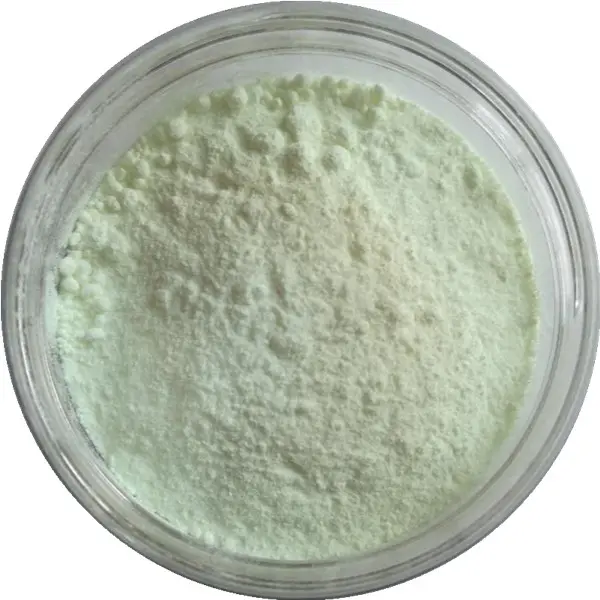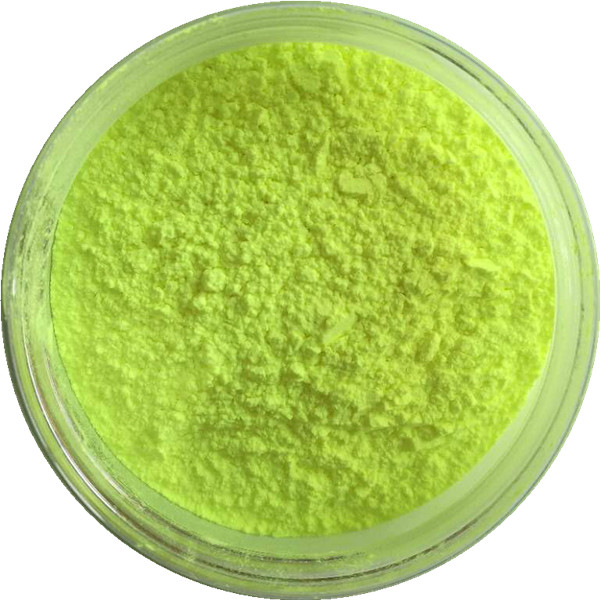In the fields of manufacturing and materials science, the pursuit of enhancing the aesthetic appeal and functionality of products is never-ending. One innovation that is gaining huge traction is the use of optical brighteners, particularly in plastics. However, a common question that comes up is whether optical brighteners are the same as bleach. This article aims to demystify these terms and explore their functions, applications, and differences.
What is optical brightener?
Optical brighteners, also known as fluorescent whitening agents (FWA), are compounds that absorb ultraviolet (UV) light and re-emit it as visible blue light. This process makes the material appear whiter and brighter to the human eye. Optical brighteners are used in a wide range of industries, including textiles, detergents and plastics.
In the case of plastics, optical brighteners are added during the manufacturing process to enhance the visual appeal of the final product. They are particularly helpful in making plastic items look cleaner and more vibrant, compensating for any yellowing or dulling that may occur over time.
How do optical brighteners work?
The science behind optical brighteners has its roots in fluorescence. When ultraviolet light strikes the surface of plastic products containing optical brighteners, the compound absorbs the ultraviolet light and re-emits it as visible blue light. This blue light cancels out any yellowish tint, making the plastic look whiter and more vibrant.
The effectiveness of optical brighteners depends on several factors, including the type of plastic, the concentration of the brightener, and the specific formulation of the compound. Common optical brighteners used in plastics include stilbene derivatives, coumarins and benzoxazoles.
Application of fluorescent whitening agents in plastics
Optical brighteners are widely used in plastic products, including:
1. Packaging Materials: Make packaging more visually appealing and enhance the appearance of the product inside.
2. Household Items: Such as containers, utensils, furniture, etc., maintain a clean and bright appearance.
3. Auto Parts: Improve the aesthetics of interior and exterior parts.
4. Electronics: Ensure a sleek, modern look in the housing and other components.
Are optical brighteners the same as bleach?
The short answer is no; optical brighteners and bleach are not the same. While both are used to enhance the appearance of a material, they work through completely different mechanisms and serve different purposes.
What is bleach?
Bleach is a chemical compound primarily used for disinfecting and whitening properties. The most common types of bleach are chlorine bleach (sodium hypochlorite) and oxygen bleach (hydrogen peroxide). Bleach works by breaking the chemical bonds between stains and pigments, effectively removing color from materials.
Key Differences Between Optical Brighteners and Bleach
1. Mechanism of action:
- Optical Brightener: Makes materials appear whiter and brighter by absorbing UV rays and re-emitting them as visible blue light.
- Bleach: Removes color from materials by chemically breaking down stains and pigments.
2. Purpose:
- Fluorescent Whitening Agents: Used primarily to enhance the visual appeal of materials by making them appear cleaner and more vibrant.
- Bleach: Used for cleaning, disinfecting and stain removal.
3. Application:
- Fluorescent Whitening Agent: Commonly used in plastics, textiles and detergents.
- Bleach: Used in household cleaning products, laundry detergents and industrial cleaners.
4. Chemical Composition:
- Fluorescent Whitening Agents: Usually organic compounds such as stilbene derivatives, coumarins and benzoxazoles.
- Bleach: Inorganic compounds such as sodium hypochlorite (chlorine bleach) or organic compounds such as hydrogen peroxide (oxygen bleach).
Safety and Environmental Considerations
Optical brighteners and bleaches each have their own safety and environmental concerns. Optical brighteners are generally considered safe for use in consumer products, but there are concerns about their persistence in the environment and potential effects on aquatic life. Bleach, especially chlorine bleach, is corrosive and produces harmful by-products such as dioxins, which are harmful to human health and the environment.
In conclusion
Although optical brighteners and bleach may appear similar due to their whitening effects, their mechanisms, purposes, and applications are fundamentally different. Optical brighteners are special compounds used to enhance the visual appeal of plastics and other materials by making them appear whiter and brighter. In contrast, bleach is a powerful cleaner used to remove stains and disinfect surfaces.
Understanding these differences is critical for manufacturers, consumers, and anyone involved in materials science or product development. By selecting the right compound for the right application, we can achieve the desired aesthetic and functional results while minimizing potential negative impacts on health and the environment.
Post time: Jan-02-2025



